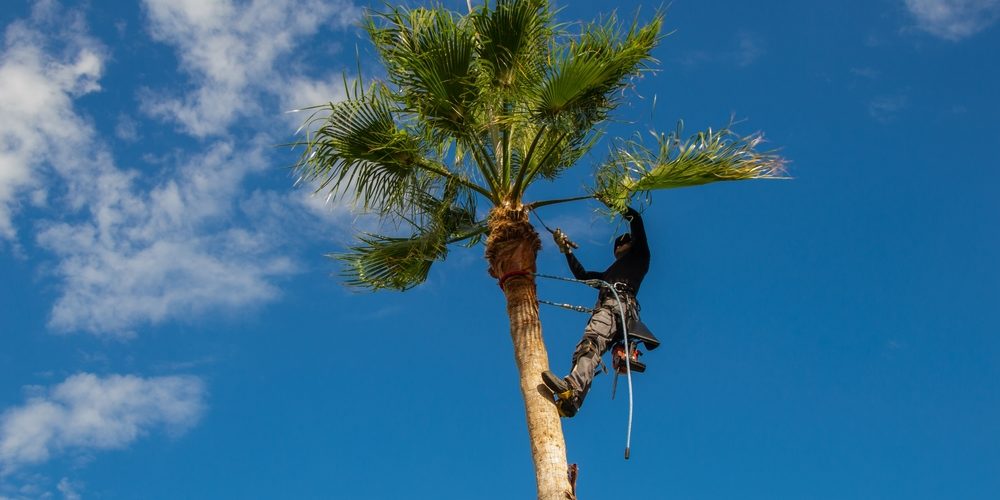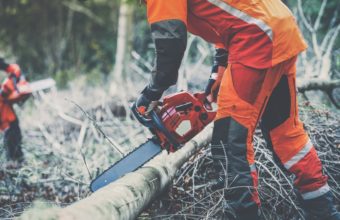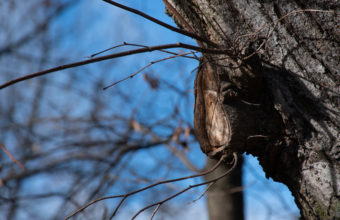The amount of a tree that you can trim, or the extent of pruning that is safe and appropriate, depends on various factors, including the tree species, its age, health, and the specific goals of the pruning. While some pruning is beneficial for the health and appearance of trees, excessive or improper pruning can harm a tree.
Here are some general guidelines to consider when trimming a tree…
- Avoid Excessive Pruning – Avoid over-pruning or removing too much of a tree’s canopy in a single pruning session. Removing more than 25% to 30% of the canopy at once can stress the tree and potentially compromise its health.
- Consider the Tree’s Health – Pruning should prioritize the tree’s health and vitality. Removing dead, diseased, or damaged branches is important for maintaining tree health. Thinning the canopy can improve air circulation and reduce the risk of diseases.
- Structural Pruning – Young trees can benefit from structural pruning, which helps establish a strong, well-balanced framework of branches. This type of pruning is important for preventing future problems and maintaining the tree’s stability.
- Clearance Pruning – When pruning for safety or to provide clearance for structures, vehicles, or pedestrians, the goal is to achieve the necessary clearance while minimizing stress to the tree.
- Aesthetic Pruning – Pruning for aesthetics, such as shaping or enhancing the tree’s appearance, should be done carefully to maintain the tree’s natural form and beauty.
- Timing – Pruning should be done during the appropriate season to minimize stress on the tree. In most cases, dormant season pruning (late winter to early spring or late fall) is recommended.
- Consult a Professional – For large or mature trees, or when significant pruning is required, it’s advisable to consult with a certified arborist or tree care professional. They can assess the tree’s health and structure and provide guidance on the appropriate amount of pruning.
Each tree is unique, and the extent of pruning should be tailored to its specific needs and objectives. Proper pruning techniques, such as making clean cuts just outside the branch collar, are necessary to ensure the tree’s health and minimize stress. Over-pruning, topping, or improper cuts should be avoided, as they can have negative consequences for the tree’s structure and well-being.






